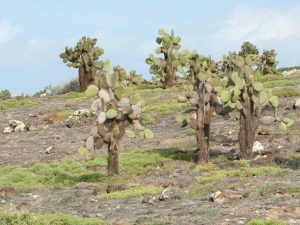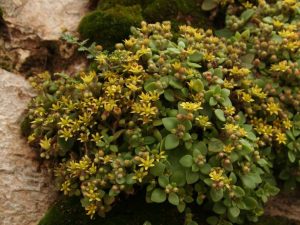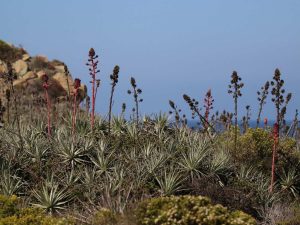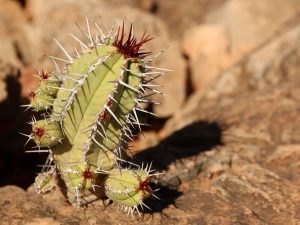Back in February I visited Tenerife. Although the official purpose of my visit was to plan our long overdue return to the island, the trip also served to feed my growing appreciation for succulent plants.
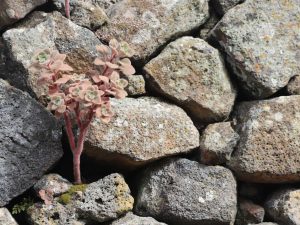
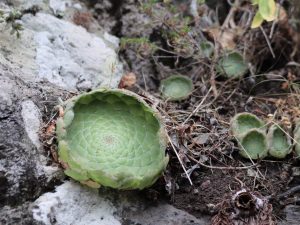
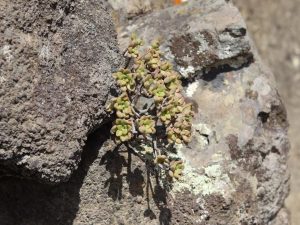
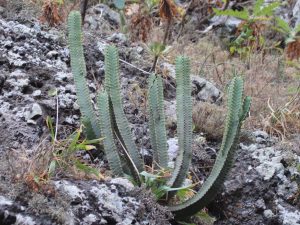
It is thought some 45% of the fauna and 25% of the flora of the Canary Islands are endemic, with many further plants found only in other parts of the Macaronesian region (the Azores, Canary Islands, Cape Verde and Madeira) with their shared volcanic roots.
Rugged topography combines with warm temperatures and the humid northeast trade-winds to give Tenerife a great diversity of habitats and altitudinal vegetation communities, including pine forest, scrub, lava fields and laurel cloud forest. Whichever of these habitats you find yourself in, in Tenerife it seems you are never more than six feet away from a succulent.
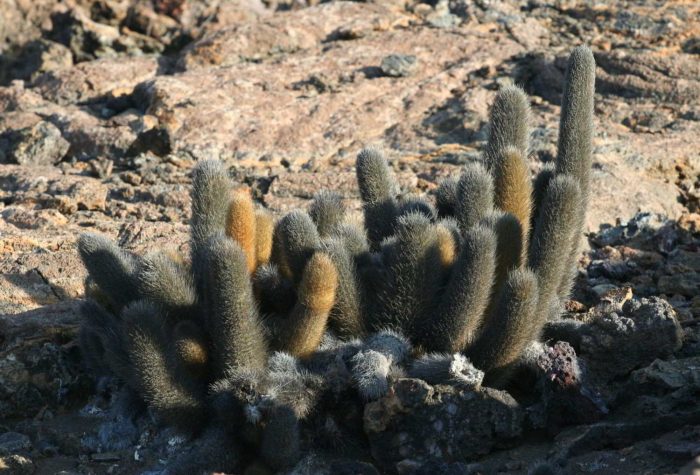
There are still lively debates to be had on exactly what constitutes a succulent plant. Whilst they may evoke thoughts of arid climates, succulents hail from locations as diverse as the South American rainforest and the Arctic tundra. There are however several key centres of succulent diversity led by southern Africa’s Succulent Karoo, as well as Madagascar, the Andean cordillera, the semi-deserts of Mexico and south-western United States, Brazil’s campo rupestre, the Irano-Turanian region of Central Asia, and of course, the Macaronesian islands.
Succulents are a functional grouping of over 12,000 species from more than 60 plant families. Common to all is the presence of large cells for water storage, which help them to survive periods of drought. As well as unpredictable access to water, these resilient plants often grow in areas where they are exposed to high levels of UV, extremes of temperature and strong winds. As a group, these juicy plants have evolved an array of adaptations to cope with these tough conditions and it is fascinating to see how these traits are mixed and matched by different species, depending on the specific environments in which they find themselves.
Succulent plants may contain one or both of two types of cells that help to store water: modified chlorenchyma or specialised hydrenchyma, which act as reservoirs. Some species also form a sticky substance known as mucilage to further enhance their storage capabilities, perhaps most familiar from the aloes. As they lock water away the ribbed stems of species like cactuses allow them to expand. Those species opting for storage in thickened leaves are supported by a three dimensional network of veins, whilst column-forming succulents have structures reinforced by woodiness or fibre to help withstand potentially damaging strong winds.
Turning yourself into a living flask can bring new problems, as a high water content creates a perfect heat store. For many succulents it seems this can actually help to buffer them against damage from the cold as night time temperatures plummet. The pebble plants (Lithops) of southern Africa have a different strategy, and protect themselves from temperature fluctuations by growing half-buried in the soil. Others have reduced size, woolly or hairy stems to trap moisture, or pale colouration to help them cope with temperature extremes.
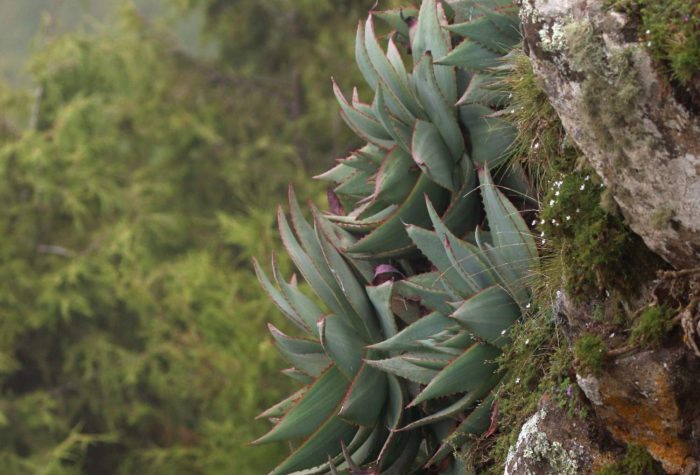
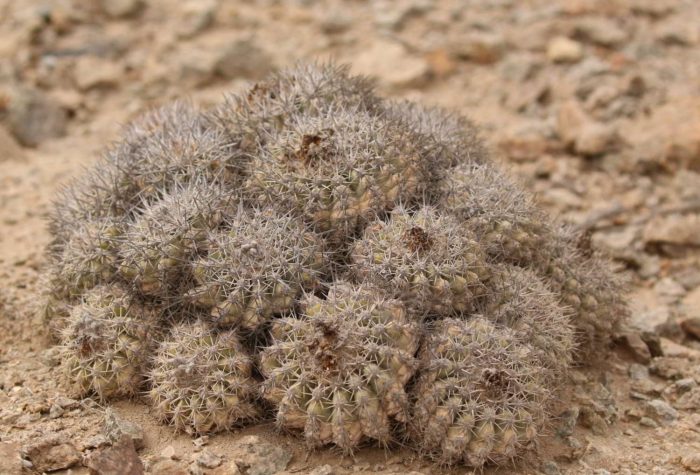
Extensive shallow roots are used to capitalise on short bursts of rain, whilst a deep tap root keeps anchor. Thickened or waxy cuticles and keeping stomata firmly closed during the day minimise water loss, and many succulents also use a modified form of photosynthesis called crassulacean acid metabolism, to boost their water use efficiency by absorbing carbon dioxide at night.
Spines are a familiar adaptation seen in families including the Cactaceae (cactus family) and Euphorbiaceae (spurge family) formed by modified leaves. They are a very visual deterrent to herbivores and botanists alike but spines can also help to shade plants and condense dew. This may be particularly beneficial for species such as Chile’s Copiapoas, which can go for more than a year without feeling rain on their spines, and instead obtain much of their water from sea fog.
As they craft a living in areas uninhabitable for many other plants it is not surprising that many succulents are able to reproduce asexually and sexually. For those using animal pollinators, flowers can smell intoxicatingly good or intoxicatingly awful depending on the target courier.
Whilst some families such as the Aizoaceae (fig-marigold family), Cactaceae and Crassulaceae (stonecrop family) contain predominantly succulent species, these traits occur in a range of familiar families to a greater or lesser extent, including the Apocynaceae (dogbane family), Asteraceae (daisy family) and there is even a succulent species of grass, as well as epiphytic succulents, including Bromeliaceae (bromeliads) and some Orchidaceae (orchids).
If you are a fellow succulent aficionado head over to our Flickr pages, where you can see some great encounters with Copiapoas, Euphorbias and Aeoniums. We are hoping to relaunch our Tenerife itinerary in Spring 2021.
